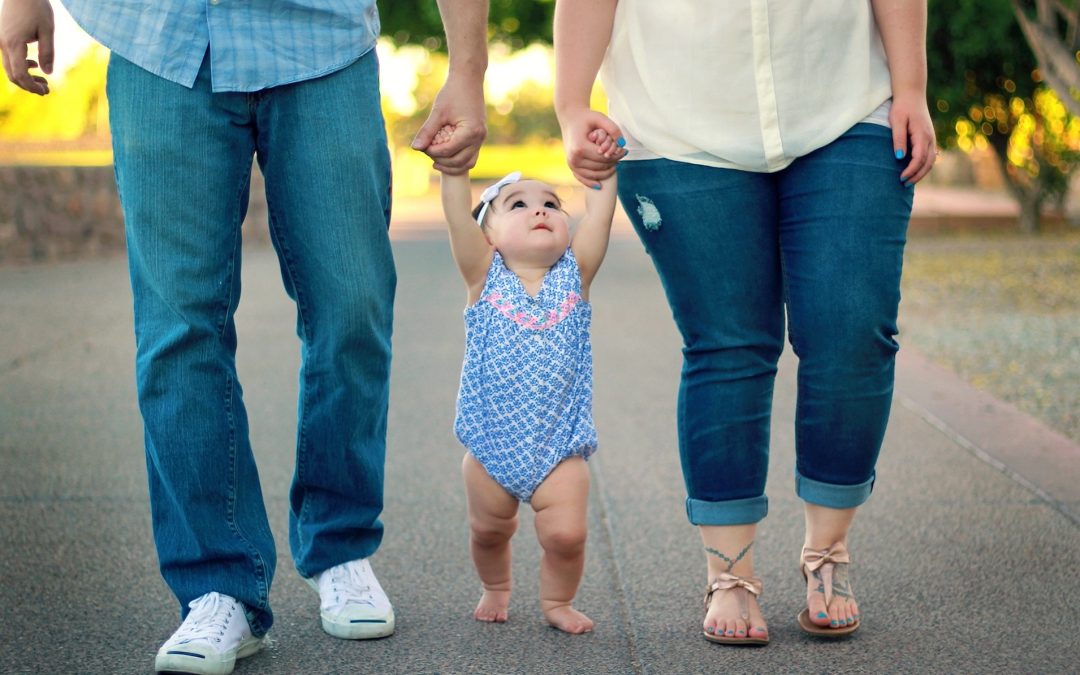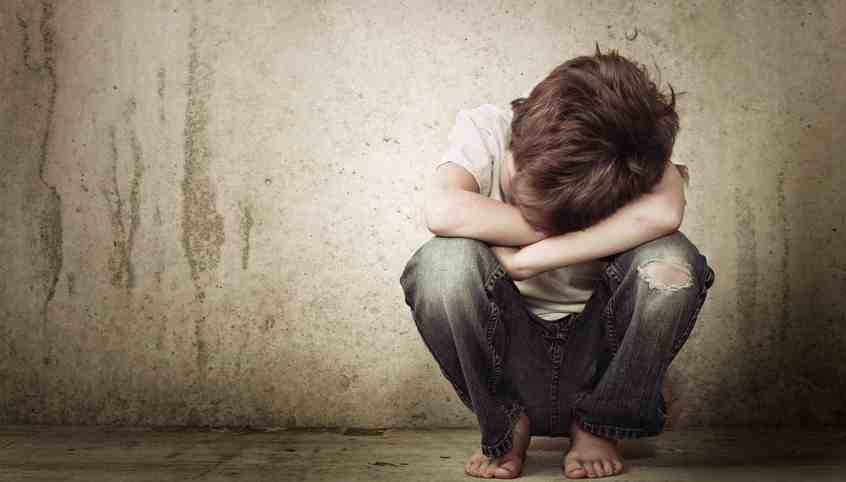
Euthanasia Rising Sharply in Quebec
A law passed on June 5, 2014 established a Commission for End-of-Life Care to verify that the legal guidelines for MAiD are properly respected. The Commission’s current report reveals that the number of euthanasia cases has rapidly soared in Quebec over a 28-month period (from the December 10, 2015 date when the law became effective, until March 2018), although there are significant regional differences.
MAiD: a definition very close to Belgian Euthanasia
In Quebec, for the request to be legally accepted, euthanasia, euphemistically called Medical Aid in Dying or MAiD, there are some prerequisites. The person must be at least 18 years old, able to consent to treatment, be at the end of her life following a serious and incurable illness, and enduring constant and unbearable physical pain or psychological suffering, which cannot be alleviated. These basic stipulations, as well as those relating to the practitioner’s role and the administrative verification process, are quite similar to those existing in Belgium since 2002.
However, the legal framework is different from the one Canada voted in June 2016. As in the United States, federal law not only allows euthanasia, but also assisted suicide. Moreover, it does not require the person to be clearly at the end of her life, but merely that natural death has become “reasonably foreseeable“.
The statistics recently published demonstrate that MAiD is rapidly spreading throughout Quebec, albeit with some disparities from one region to another, one medical institution to another, one doctor to another.
Over the 28-month period observed in the report, euthanasia was performed on 1632 individuals. The number per quarter doubled between early 2016 and early 2018, accounting for over 1.5% of all deaths in Quebec.
The average age for these individuals was 72, with the vast majority aged from 60 to 90. Cancer patients accounted for 78% of these cases and 90% had a life expectancy estimated less than 6 months, thus indicating that 10% were not really at the end of life as specified in the law. Those invoking both physical and psychological suffering numbered 89%. Psychological suffering was expressed in terms of existential suffering, the sense of being a burden, the loss of one’s dignity, one’s autonomy, or a loss in the quality of life…
The majority of MAiD practices were performed in hospitals, vs. 20% at home. In Belgium, euthanasia is performed at home 45% of the time vs. 40% when considering the entire country of Canada.
The Commission found that 96% of the doctors’ declarations complied with the legal requirements. The remaining 4% do not appear to be held accountable or prosecuted.
Inherent Ambiguity in Palliative Sedation
Over the same 28-month period, 1704 people received continuous palliative sedation, accounting for 1.3% of all deaths, albeit with immense regional variations. Between the years 2016 to 2017 this practice increased by 25%.
According to Quebec law, continuous palliative sedation is defined as: “Palliative care, consisting in administrating drugs or substances to a person at the end of life to relieve suffering by maintaining the person unconscious until death.”
When comparing this definition to that of MAiD, the wording doesn’t appear to be much different: “Care consisting of administrating drugs or substances by a doctor to a person at the end of life, at the person’s request, to relieve suffering by causing death “.
In both situations, the theoretical objective is similar (to relieve suffering) and in practice the final result is identical (the patient’s death). According to the report, 51% of patients in continuous palliative sedation die the same day they are sedated, and 81% die within 3 days. In addition, 78% have cancer, (as for MAiD) with over 50% declaring “refractory psychological or existential distress” in order to obtain continuous palliative sedation.
If we admit that MAiD and continuous palliative sedation are two different practices from a legal and medical standpoint, what about the real intention? Isn’t euthanasia the underlying objective for numerous cases of terminal sedations?
Extending Access to MAiD ?
On several occasions the commission’s report mentions the need to reflect on extending the law to align it with federal legislation and include cases which are currently exempted from MAiD, such as those with serious illnesses but who are not at the end of life, those with Alzheimer’s and similar diseases, and who would have difficulty expressing their consent. The Health Minister recently announced that the panel that is exploring the options for broadening MAiD practices will hand in its’ report late in May 2019.
However, an unprecedented study published in the British Journal of Medical Ethics, at the end of 2018, denounced the misuse and easy access to MAiD. The authors revealed that this was sometimes applied abruptly with little or no effort to mitigate or relieve the patient’s suffering through non-lethal medical means. Thus, some patients requested MAiD without being informed about palliative care for end of life, although this should be the preferred option.




